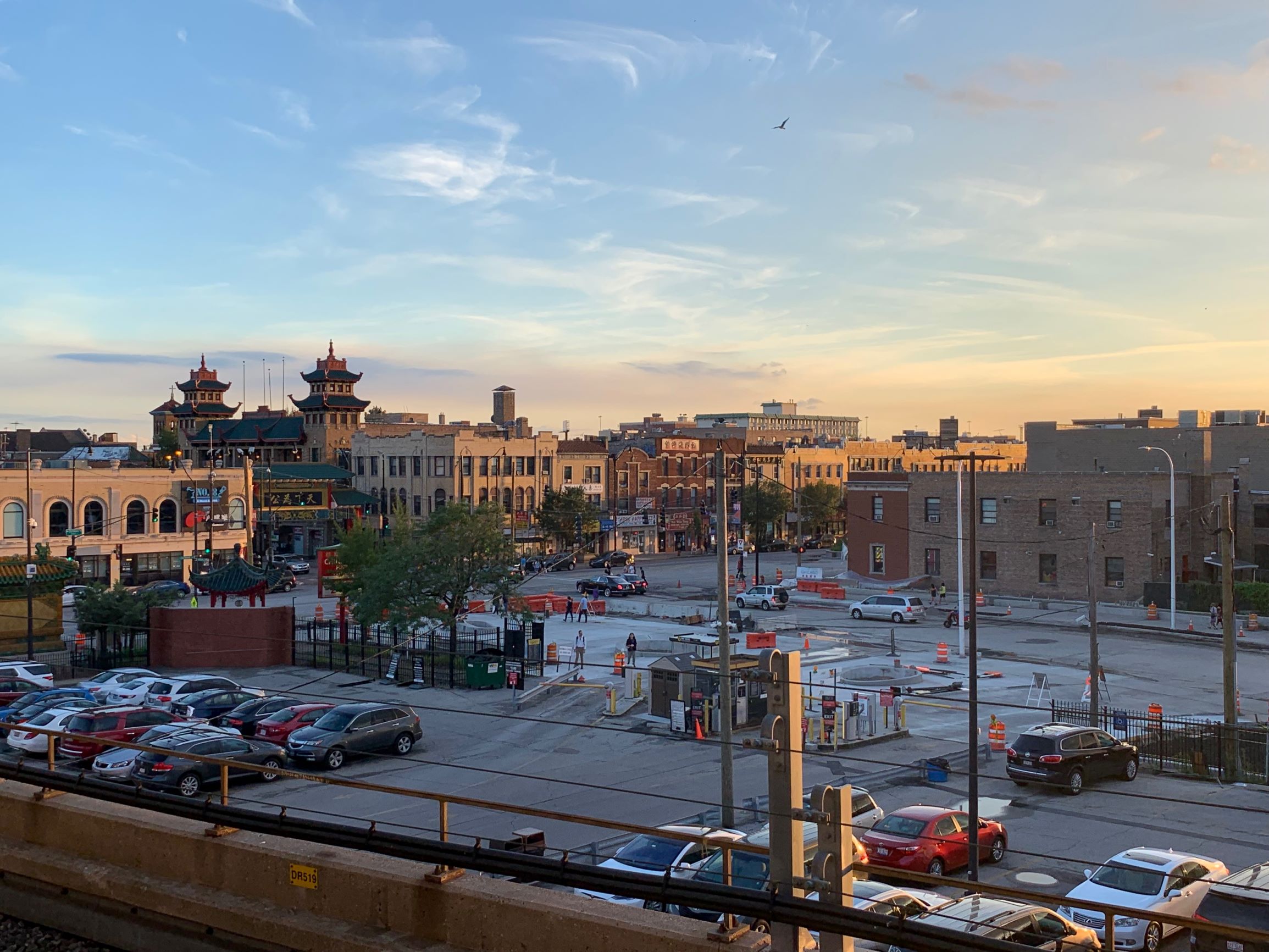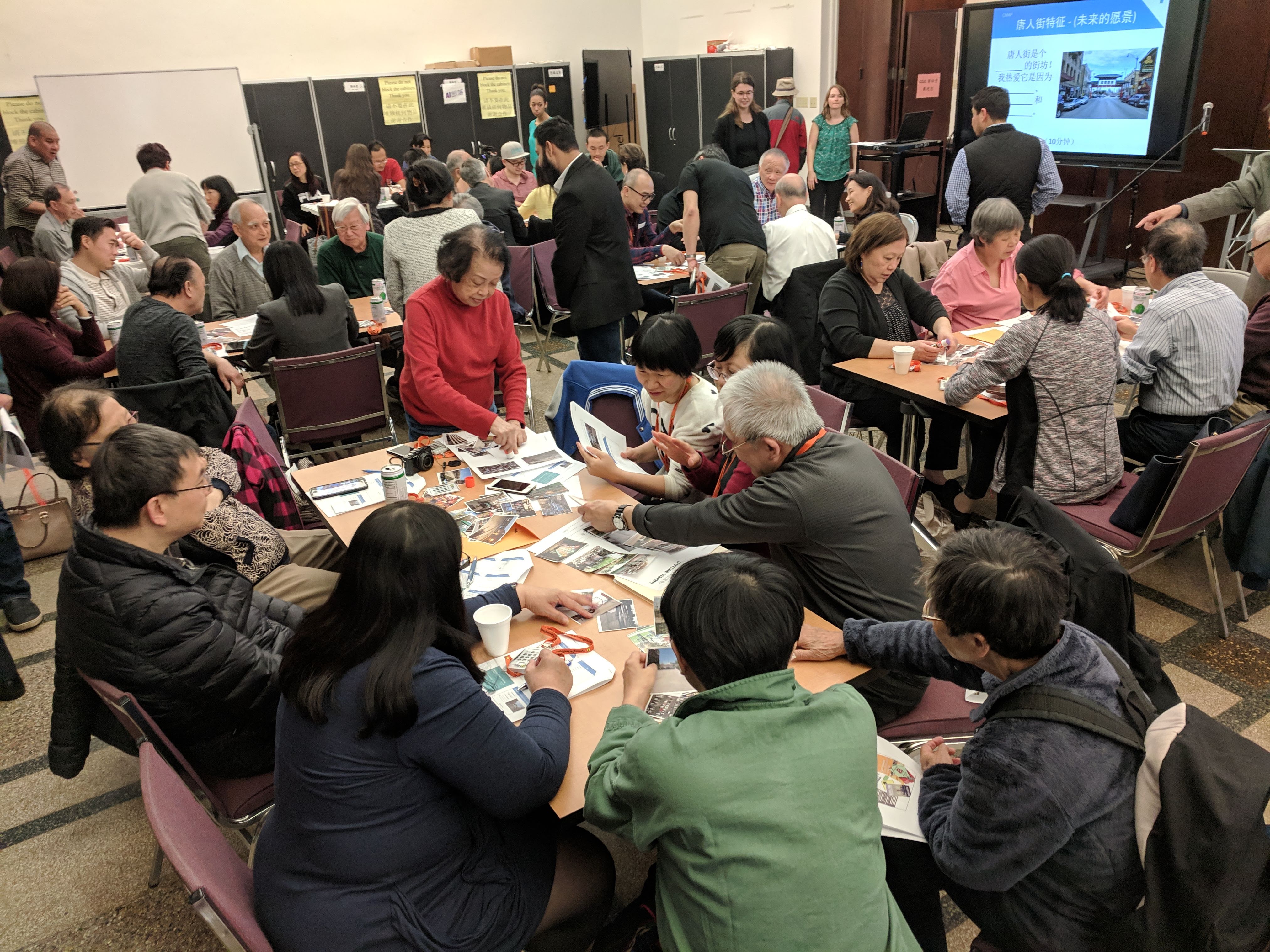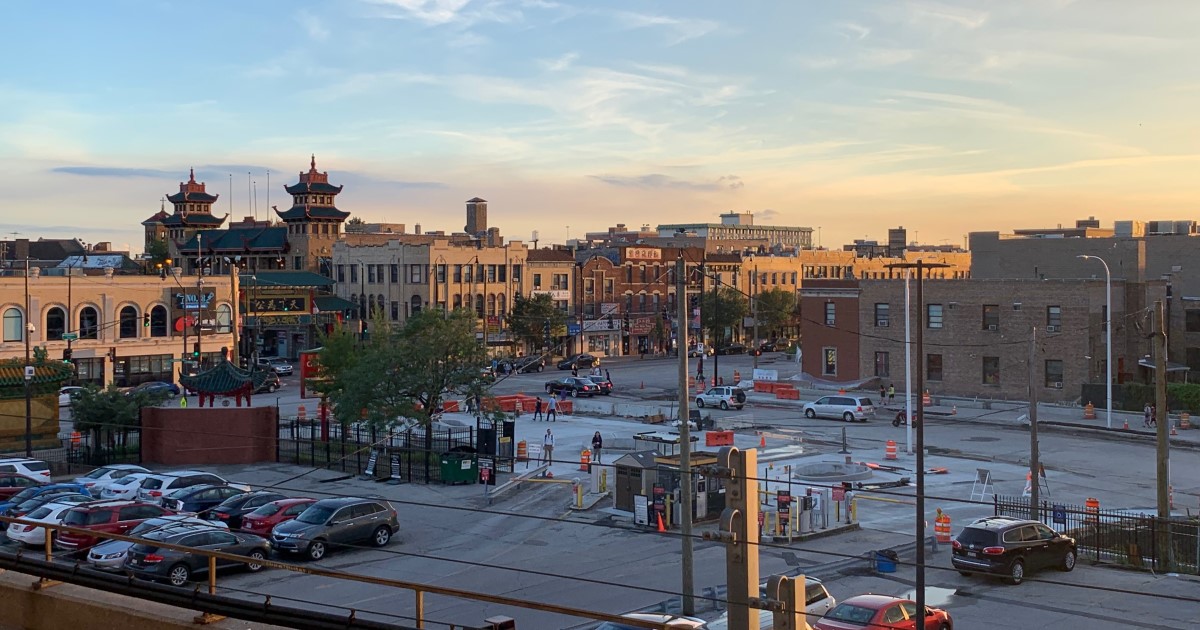A new parking management plan for Chicago’s Chinatown offers recommendations to reduce parking congestion and support the growth of local businesses. The plan also aims to make it easier for residents and visitors to safely move about the neighborhood, while prioritizing the cultural integrity of the area.
The Chinatown Parking Management Plan addresses a longstanding challenge. For years, community members have expressed concerns about the difficulty in finding parking, especially as the neighborhood grows and changes.
With its many destinations — including Ping Tom Park, Chinatown Square, and an abundance of restaurants and shops — Chinatown’s most convenient parking fills up quickly and stays full, particularly during lunch and on weekends. Meanwhile, there are underused parking spots during off-peak hours.

“Chinatown is an important destination for many, and so there’s a huge demand for parking,” said Lindsay Bayley, a senior planner at the Chicago Metropolitan Agency for Planning (CMAP). “People will drive to Chinatown from other cities and states to buy goods they can’t get elsewhere. And many people who grew up here, and later moved away, want to return on weekends to maintain that connection.”
In 2015, the Coalition for a Better Chinese American Community (CBCAC) worked with CMAP to produce the Chinatown Community Vision Plan. The plan called for a comprehensive study to help improve parking management in the neighborhood.
To follow through on that recommendation, CBCAC once again partnered with CMAP’s Local Technical Assistance program to assess parking and provide recommendations.
The result is the Chinatown Parking Management Plan, released in May 2021. The plan provides an overview of current conditions in the neighborhood, key recommendations for improving parking, and an implementation plan.

